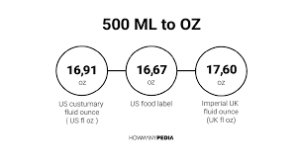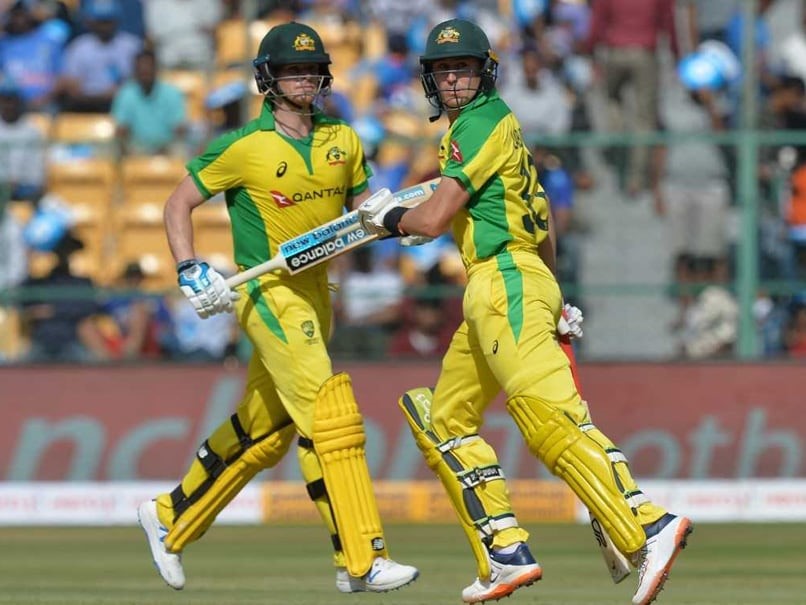

A handy guide that shows you how many ounces are in 375 ml to oz, as well as other interesting information. This post will teach you how to convert 375 ml to oz.
375 ml to oz is a conversion calculator that helps you convert 375 ml to oz ounces. This tool is helpful for converting measurements of liquid volumes, such as water and other beverages. Measurements are given in milliliters (ml), which are equivalent to 1/1000 liter, or 0.001 cubic meters, and ounce (oz) which is equal to 28.3495231 grams or one-eighth of a pound.
The best way to use this converter is by simply inputting the number of milliliters you have into the first field, then selecting either “milliliter” or “ounce” from the dropdown menu depending on what unit your measurement falls under so it can automatically convert it for you.

There is a simple conversion between milliliters and ounces that can make things easier for you next time you need to measure out something like water or cooking oil. Converting 375 ml to oz is as easy as multiplying by 8; this makes each ounce equal to about 3 tablespoons of liquid.
It’s also great if you want an easy way to convert milliliters into ounces so you can get your desired measurement of liquid whether it be cooking or drinking. The information provided here should help make life easier when it comes to figuring out how many ounces there are in 375 ml to oz.
How to convert 375 ml to oz?
A quick way of calculating the required volume is shown below: 1 liter = 1000ml; therefore, 1-liter x 3 = 3750 ml; thus, 375 ml equals 150 oz (1/3 of an average person’s daily consumption)
It’s easy to convert from 375 ml to oz when you know the conversion rate. For example, 375 ml is approximately 13.2 fluid ounces, which is a convenient size for cooking and baking recipes. You can use an online calculator or chart to find out how many milliliters are in a cup, quart, tablespoon, etc., and then multiply by the corresponding conversion factor.
Milliliters are the standard metric measurement for volume and measure about 10% larger than liters. To convert milliliters to ounces, multiply your number of milliliters by 0.3 (or divide by 3). For example, if you want to know how many ounces there are in 375 ml: 375 x 0.3 = 112 oz
We all know that 1 liter equals 1000 ml, but how do we convert from 375 ml to oz? It’s actually very easy. You just need to divide the number of mls by 33.8 and you will get the answer in oz. For example, 375 ml equals 13 oz.
This is a very simple process that you can do in your head if you are able to follow these steps. First, take the number three and divide it by eight which equals 0.375 oz per every 100 ml, or for this example, you would have 3/8 ounces per every 100mls of water.
Second, multiply your answer from step one by two which equals 1/4 ounce per 50mls of water or 2/8 ounce for every 150 mls of water. This method works similarly with all other measurements as well so just use this general formula when trying to convert any measurement into another unit.
Ounces come in two forms: grams and tablespoons. One ounce is 28 grams, and one ounce equals twelve tablespoons.
In order to make sense of the measurements given in recipes, it is important to know how many ounces are in a cup and a half. This will allow you to easily convert cups into tablespoons or teaspoons when necessary.
There are 16 ounces in a cup and 2 cups in a pint. Pints contain 32 fluid ounces while quarts have 128 fluid ounces. To complete the conversion from 375 ml to oz, divide by 4/3 which equals about 33 1/3 oz per liter. Some conversions will require you use other units such as grams or milliliters but this should provide sufficient information for most cooking purposes.
375 ml to oz to fluid ounces is a simple conversion that can be done with just a few steps.
First, it’s important to understand the different units of measurement and how they relate to each other. To do this, you’ll need to know that one liter is equal to 1,000 milliliters or 10 deciliters. The next step will be adding 375 mL (milliliter) and converting it into its equivalent in fluid ounces (fl oz), which has an equivalency of 0.8 fl oz for every milliliter. Then, multiply the number by 1/8 and you will get your answer: 2 fl oz.
There are 500 ounces in a liter. To convert 500 oz to ml, you can use the following formula: (500/32) * 1000 = 16.93880648 ml. This will make it easier for you to buy ingredients when cooking or if you need to measure out your medication!
Every day around 2 million people die from malaria worldwide with most of them being children under the age of 5 living in Africa. Malaria is caused by parasites that are transmitted through mosquitoes which spread into human blood cells where they multiply rapidly before bursting out and infecting more red blood cells.
There are 1,000 milliliters (ml) in every liter (L). To convert from oz to mL, multiply by 1.06. For example, if you have 500 ounces of water, that would be about 538 mL or 538 milliliters (mL).

When converting from milliliters to ounces there are two ways that this can be done: Converting the number of milliliters in one ounce first and then multiplying the result by 16.9375 or dividing 16.9375 by 1,000 first and then dividing the result by how many milliliters are in an ounce (30).
The metric system is a decimalized measurement system. In this post, we will learn how to convert ounces to milliliters. We need to know that there are 30 milliliters in one ounce. To convert 500 oz into ml, just divide by 30 then multiply by 1000. This equals 125000 ml.
Read more:
24World Media does not take any responsibility of the information you see on this page. The content this page contains is from independent third-party content provider. If you have any concerns regarding the content, please free to write us here: contact@24worldmedia.com

Marnus Labuschagne Caught Off-Guard By ODI Captain Call After Steve Smith Snub

Everyone Is Looking Forward To It, The Standard Will Be Very High – Jacques Kallis On CSA’s SA20

Danushka Gunathilaka Granted Bail On Sexual Assault Charges

Ramiz Raja Sends Legal Notice To Kamran Akmal For Defamatory, False Claims Against The Board

Harbhajan Singh Reckons Mumbai Indians Should Release Kieron Pollard Ahead Of The IPL Auction 2023

Ian Bishop Praises Sam Curran For His Performances On Bouncy Australian Tracks

Why Choose A Career In Child Psychology?